Exhibition //// Sep 1 – Nov 1 2015
www.imagomundiart.com

MAP OF THE NEW ART
Fondazione Giorgio Cini Sep 1 – Nov 1 2015, Venice
Exhibition //// Sep 1 – Nov 1 2015
www.imagomundiart.com

Fondazione Giorgio Cini Sep 1 – Nov 1 2015, Venice
www.25-jahre.kuenstlerhaus-am-acker.de ////
Ausstellung / Exhibition
Eröffnung 18.7.2015 | 20 Uhr
Ackerstr. 18 | Berlin – Mitte
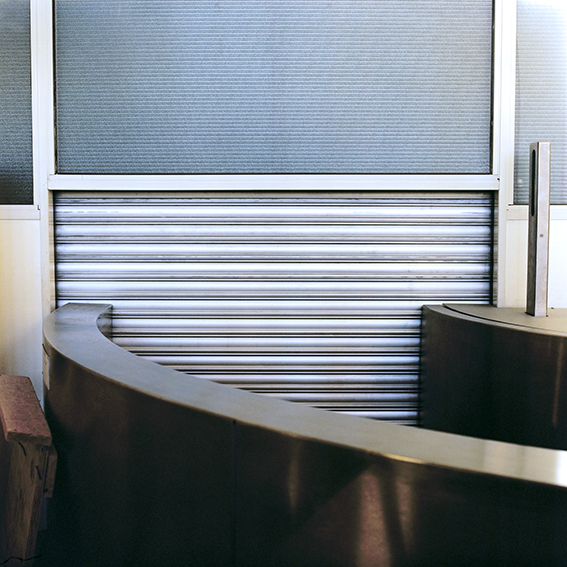
15. November 2013 – 31. Januar 2014 //// Architecture after Speculation //// Bauhaus Lab 2013 ////
Leerstehenden Apartmentanlagen, brachliegende Infrastrukturen und ein enormer Landschaftsverbrauch in Spanien sind nur der manifeste Ausdruck eines Urbanisierungsmodells, dass seit den 90er Jahren weltweit einen spekulationsgetriebenen Bauboom in Gang gesetzt hat. Die Transformation von immobilen Land in ein spekulatives financial Asset stimulierte rund um den Globus die Produktion standardisierter Wohnkomplexe, Ferienresorts und Büroanlagen.
Das internationale Bauhaus Lab 2013, eine kollaborative Plattform junger Architekten, Künstler, Geisteswissenschaftler und Kuratoren hat dieses spekulationsgetriebene Modell der Urbanisierung in Spanien zum Gegenstand. Auf der Grundlage eines design based researches, in Zusammenarbeit mit Tutoren, Initiativen und Projektgruppen in Spanien haben die TeilnehmerInnen des Lab kritische Beiträge und Counter- Models erarbeitet, die mit sich mit den Implikationen einer solchen Form der Urbanisierung engagiert auseinandersetzen.
MEHR: http://www.bauhaus-dessau.de/bauhaus-lab-i-architecture-after-speculation-1.html
20. Oktober 2013 – 12. Januar 2014 /// Skulpturenmuseum Marl
The Skulpturenmuseum Glaskasten Marl has been the home to the video art award since 1984 – and since 2002 to the sound art award, which in the coming year will further evolve into the EUROPEAN SOUNDART AWARD – and this year, for the first time, both media art forms will be on exhibit together.
The treatment of the theme of ‘space’ as specified in the invitation for submissions was broadly interpreted in the selection of works for the exhibition. The theme derives from the artistic medium from which the museum derives its name – sculpture – which requires room per se as a result of its ‘all-round viewability’. The theme of ‘space’ is hence an attempt to provide a specification for the competition that can be grasped interculturally yet without being interpreted so narrowly as to become limiting.
Creiler Platz 1, 45768 Marl
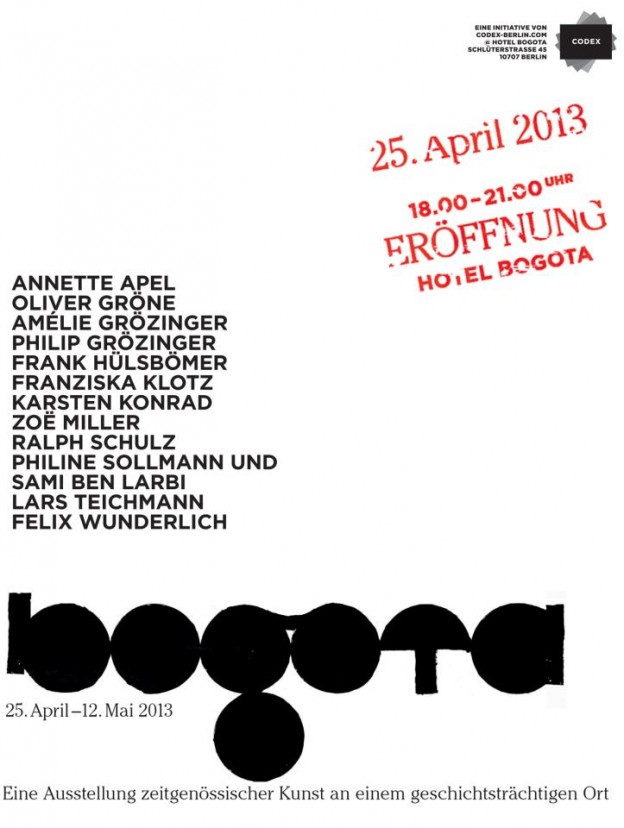
Eröffnung:
25. April 2013, 18.00 Uhr ////
Zwölf Positionen zeitgenössischer Kunst an einem geschichtsträchtigen Ort
//// Schlüterstr. 45 //// 10707 Berlin//// 25.04 – 12.05.2013 ////
Info: www.codex-berlin.com
BOGOTA – eine Ausstellung von zwölf Positionen zeitgenössischer Kunst, die vorhandene Kunstwerke und Einrichtungen des Hotels Bogota kontrastieren und damit die wechselvolle Geschichte des Gebäudes reflektieren. So wie einst durch vier verschiedene Hotels auf vier Etagen eine eigenartige Koexistenz der jeweiligen Besitzer, Gäste und Räume entstand, tritt heute die zeitgenössische Kunst in Korrespondenz
mit dem stilvollen, bisweilen skurrilen und historischen Innenleben des Hauses. Dabei kann das Hotel kein White Cube sein, sondern vielmehr ist die Ausstellung ein Experiment, welche Wirkung Kunst jenseits der Extraktion haben kann. Auf den öffentlich zugänglichen Fluren und Vorräumen in allen Etagen entfalten sich für kurze Zeit Fotografie,
Installation, Malerei, Skulptur und Video neben den Werken der Sammlung des Hotel Bogota.

Link to Video -> http://vimeo.com/50397896
Das Video I AM THE VILLAGE ist eine Zusammenarbeit der beiden Künstler Philine Sollmann und Sami Ben Larbi.
In der Arbeit geht es um unbewohnte Dörfer in den Pyrenäen, die aus verschiedenen Gründen von ihren Bewohnern verlassen wurden. Zum Beispiel wegen ihrer schwierigen Lage und der daraus resultiereden schlechten Erreichbarkeit, unfreiwillige Umsiedlung unter Franco (wegen angeblichen Staudammprojekten, die nie realisiert wurden), fehlende Nachkommenschaft oder Umzug in die Stadt.
Uns interessierte die Relation von Ort und Mensch, insbesondere die Entscheidung, seine Heimat zu verlassen (oder verlassen zu müssen). Anhand von Erzählungen und Spuren rekonstruierten wir die fiktiven Gedanken und Erinnerungen eines letzten Dorfbewohners.
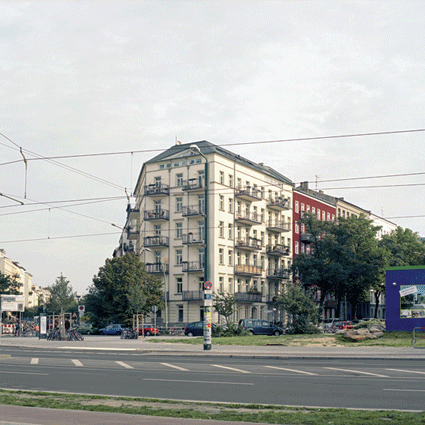
Link to Video -> http://vimeo.com/16618022
In the 60’s my mother lived in an apartment at the corner of Schwedterstraße and Oderbergerstraße, in East berlin. This apartment building stood just a few meters away from the barriers of the DDR border, the Berlin wall. From her window she could look directly into the dead-zone and the other side, West Berlin. On the other side stood a viewing platform to allow the people in the West to look over the wall and into the East. In Mai 1969 my mother escaped into West Berlin. Not long afterward she stood on the platform and looked at the old apartment.
The video shows autobiographical text with sequences of view points, contemporary, taken from the same apartment. The photo, also contemporary, was taken where the viewing platform stood, looking at the apartment building. In the binder one can find archive photos of the area (sometimes taken by the Stasi).
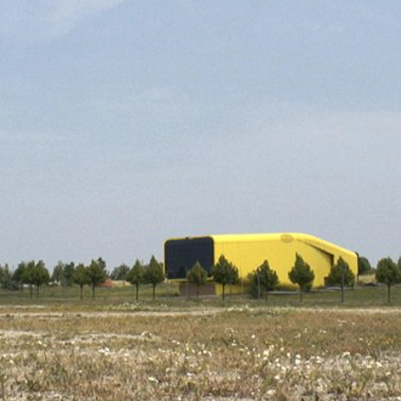
In Hannover, over ten years ago, took place the World Fair, Expo 2000. 60 acres of land were designed and built with typical architectural national pavilions. The re-utilization concept that was to take place after the fair proved to be a failure. Instead of an IT center booming with science and research, the fair grounds are empty and in ruins. Where once stood a million visitors, is now unused and mostly empty.
The dancer Ruben Reniers was invited with his company at Expo 2000 to perform for the cultural program of the German pavilion. For “Hannover. Expo 2000. 2010.” he was asked to re-ennact, at selected locations on the fairgrounds, from memory the dance he and his dance company performed during the Fair trade, ten years earlier at the same place.
I also recorded, using fixed camera shots in July 2010, various former Expo 2000 sites. The resulting video is a stage-like situation, compounded by irregular appearances of the dancer in a few sequences. The work shows how the spatial experience of a big event losses its meaning afterward, leaving a haunting emptiness.
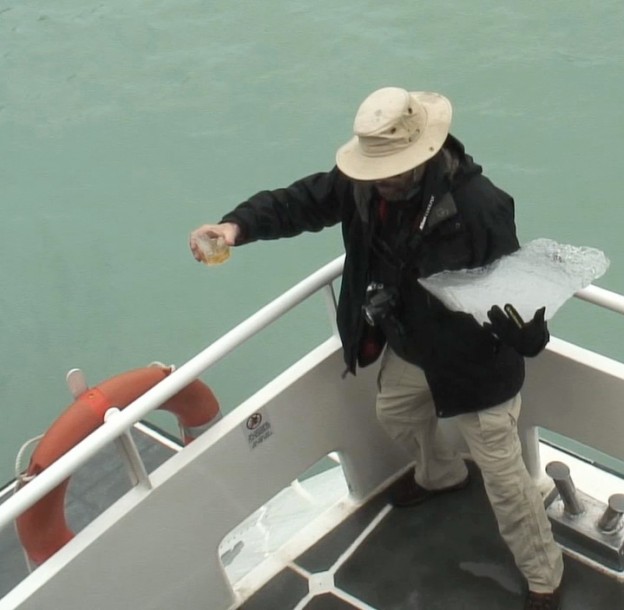


The Aluminum House is located at the edge of the so-called Hansa District in Berlin-Mitte, a building which has stood empty for many years. It was built 1967/1968 by the architects Heinrichs and Müller (the former Senatsbaudirektor of the city of Berlin), commissioned by the Lutheran church , and used as an office complex. Through the processes of an ever-changing city, the Aluminum House — like so many other buildings — fell victim to neglect and vacancy. Supposedly there are no plans to tear it down, though there are likewise no announcements concerning its temporary use or conversion. It is decaying.
This compilation of photos examines the inner and outer structures of this process of decay.
The primary material consists of scenes from the interior space, where little has changed despite the fact that it was vacated many years ago. Posters, photographs and stickers testify to the people who here had personalized their office space, leaving a trace of themselves when they moved out. Desks with telephones stand around, useless, without expectation. The stagnancy of the objects narrates a relationship between humans and space, a relationship which was left behind in the process of urban change.
I also had the opportunity to have a personal conversation with the architect Hans Christian Müller. Among other things, he presented his idea about the building’s reuse, in connection with current construction events in Berlin.

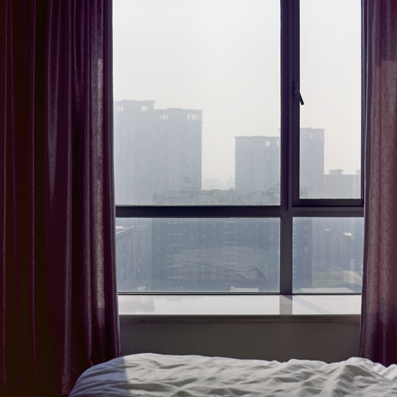
FRAPPANT GALERIE in der Viktoria-Kaserne
Zeiseweg 9, Hamburg
Video-Screening, Photography, Installation | curated by Katja Windau
Opening: 15.02.2013 |
IHK Karlsruhe
Lammstraße 13 – 17
Opening: 29.01.2013 | 19h
Duration: 30.01.2013 – 22.02.2013
Saarländische Galerie – Europäisches Kunstforum e.V. Berlin
Am Festungsgraben 1, 10117 Berlin
Eröffnung: 23. August 2012, 19 Uhr
Einführung: Kathrin Becker, Neuer Berliner Kunstverein
23. August 2012 – 16. September 2012
Dienstag – Sonntag, 15 – 19 Uhr
VIRTUAL BORDERS + + + travelling lightly + + + station II
Ein Projekt von Claudia Brieske und Leslie Huppert
Virtual Borders ist ein fortlaufendes Projekt zum Thema Grenzen mit verschiedenen Stationen an unterschiedlichen Orten. Die erste Station war die Feste Dilsberg, eine mittelalterliche Schlossruine in der Nähe von Heidelberg, die zweite wird die Saarländische Galerie in Berlin sein. Es wurden per Aufruf im Internet Künstler und Künstlerinnen aus aller Welt eingeladen, sich an dem Projekt zu beteiligen. Die Teilnehmer wurden gebeten Videos, Animationen und Klänge zu schicken, die sich mit dem Thema Grenzen beschäftigen. Das Konzept ist offen für alle künstlerischen Interpretationen.
Weitere Informationen zu Projekt und den beteiligten Künstlerinnen und Künstlern finden Sie unter: www.virtual-borders.net
Opening: 31.03.2012 | 18h
Duration: (01.04.2012 – 31.05.2012) *** VERLÄNGERT
Location: Museums-Pavillon am Grenzturm, 18225 Kühlungsborn